Who we listened to in 1974: Joni, Linda, Jackson, Gordon, Bob, Lou and, yes, ABBA
Let’s set the way-back machine to 1974, shall we?
It was the year of an oil embargo, a deadly spring outbreak of tornadoes and the only resignation of a sitting president of the United States.
A grim time for the history books, to be sure. But the music circulating that year held considerably more hope. It marked a commercial rebirth for two of the era’s most esteemed women artists while prompting the breakthrough of a third. It welcomed musical ambassadors from Sweden and Jamaica. And, by year’s end, it saw a storied New York band dissolve into a studio collective whose music would help define the decade.
Here is a roundup of 10 landmark recordings from a time of turbulence, albums that in 2024 are celebrating the 50th anniversary of their release.
Joni Mitchell: Court and Spark
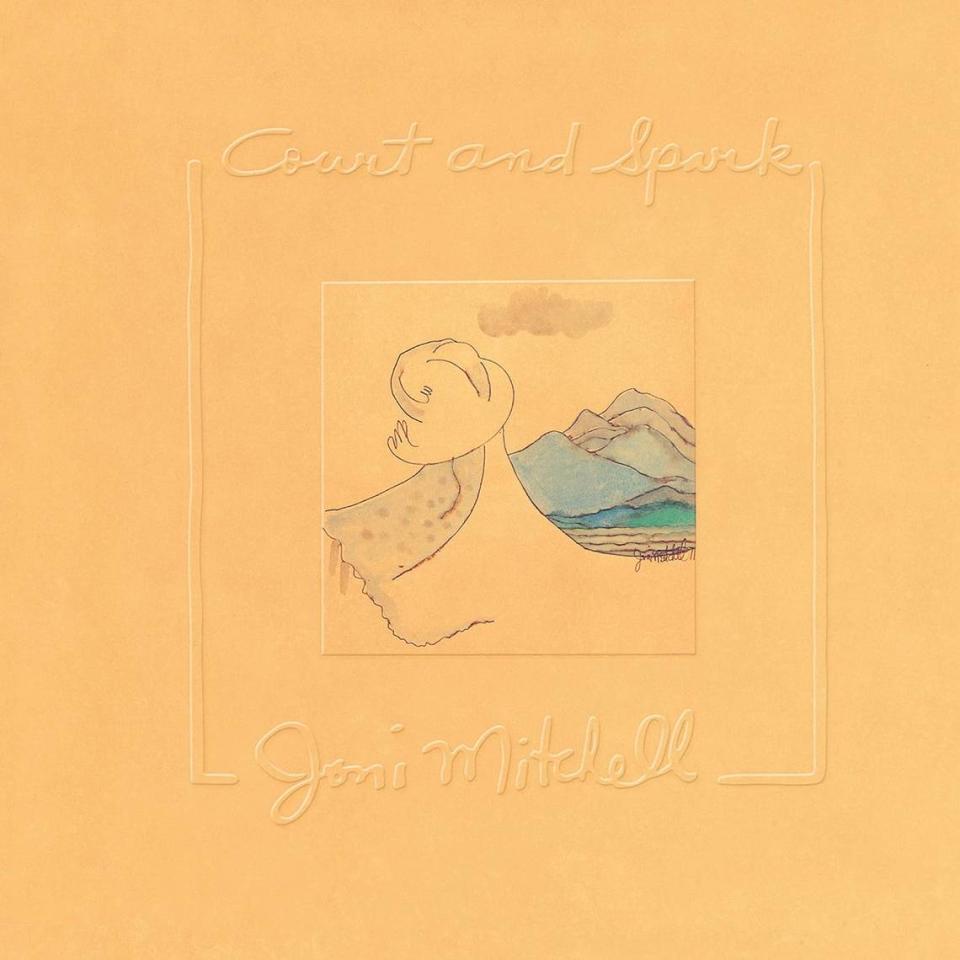
Few works redefined an artist’s career the way the jazz-pop leanings of “Court and Spark” did for folk empress Joni Mitchell. Released three weeks into 1974, the record also registered in a major way with audiences. It earned Mitchell her only Top 10 single (“Help Me”) and remains her best-selling album. Nothing was sacrificed by such a commercial breakthrough. In fact, Mitchell’s guitar phrasing, one-woman vocal choirs and jazz accents only enhanced the increasingly assured introspection of her songs. From “Court and Spark” forward, Mitchell’s songs would be as daring musically as they were lyrically.
Linda Ronstadt: Heart Like a Wheel
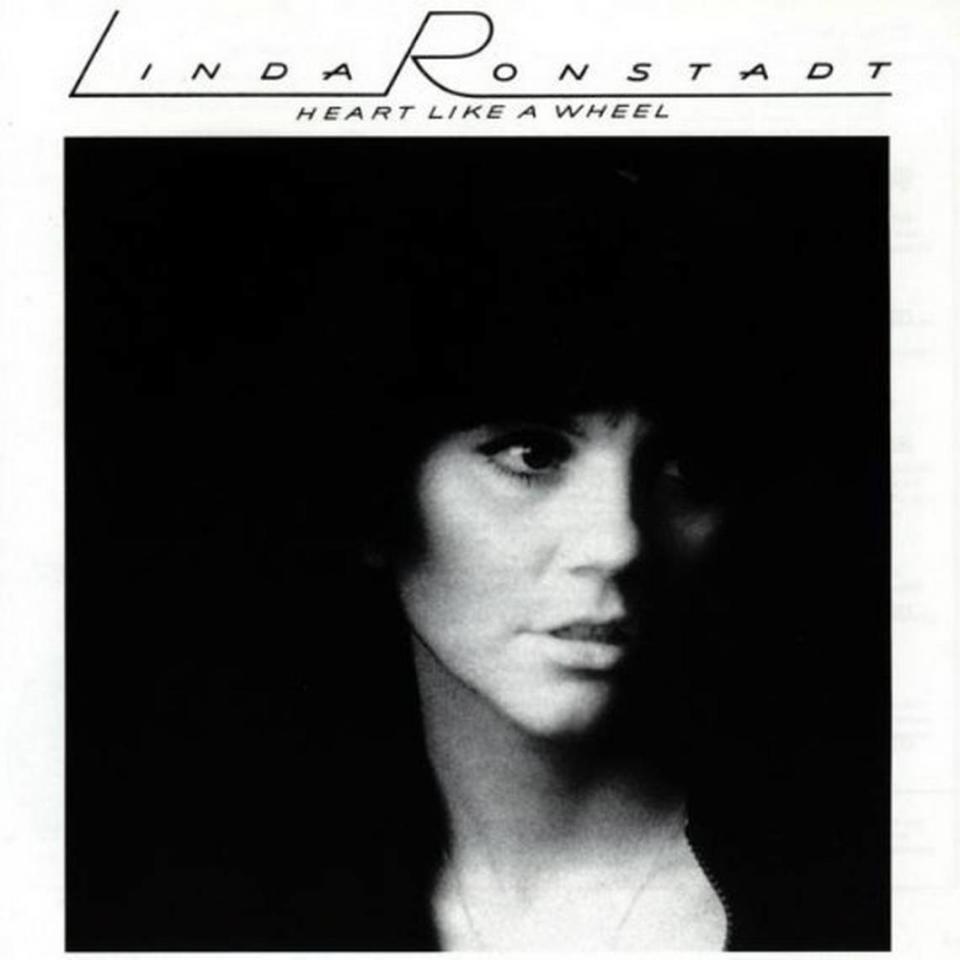
What “Court and Spark” did for Joni Mitchell at the onset the year, “Heart Like a Wheel” did for Linda Ronstadt near the close of 1974. The Peter Asher-produced work turned updates of the Dee Dee Warwick R&B gem “You’re No Good” and the Everly Brothers’ “When Will I Be Loved” into Ronstadt’s first No. 1 and No. 2 hits. “Heart Like a Wheel” would win three Grammy Awards, including Album of the Year, shooting Ronstadt to international stardom in the process. The show stealer, though, is the neglected Anna McGarrigle title tune. It remains, arguably, Ronstadt’s most emotively arresting studio performance.
Steely Dan: Pretzel Logic
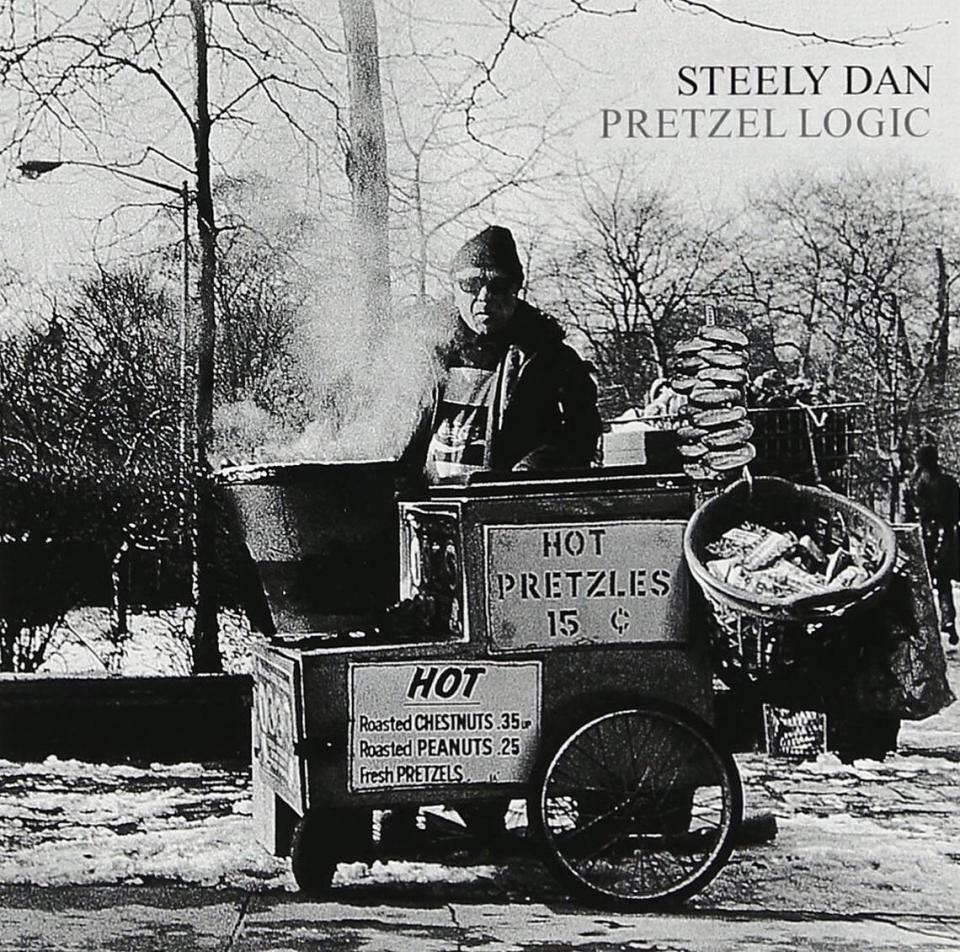
The cracks of pop convention came tumbling down in huge chunks on Steely Dan’s third album. Though still a working a quintet, the songwriting team of Donald Fagen and Walter Becker cemented control. The songs were shorter, sleeker and, oftentimes, weirder than before, reflecting a jazzier pop stride. The record earned a major radio hit with “Rikki Don’t Lose That Number” and offered considerable room for auxiliary singer Michael McDonald to roam. The band halted all touring after “Pretzel Logic” and morphed into what was basically a rotating arsenal of studio pros with Fagen and Becker at the helm.
Rufus: Rags to Rufus
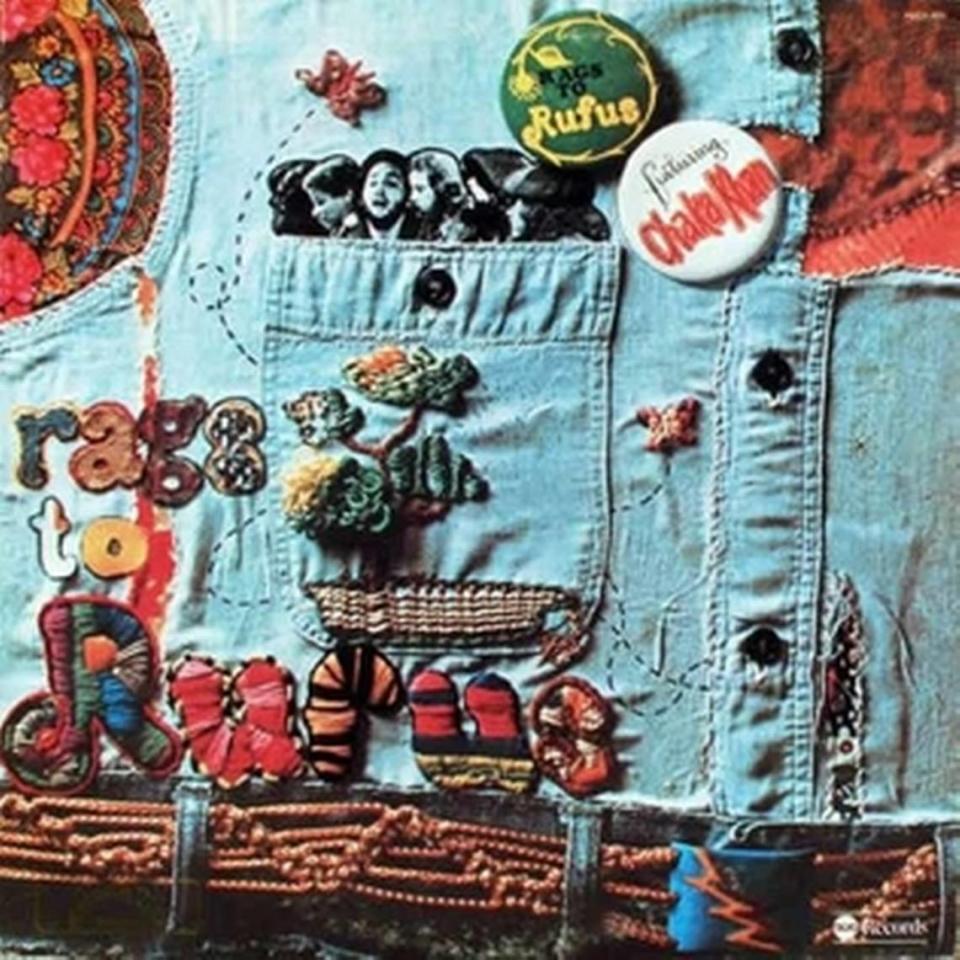
This was the album that introduced the world to Chaka Khan. Though Rufus’ sophomore recording, “Rags to Rufus” was the Chicago band’s breakthrough. The charge was led by a Stevie Wonder-penned, funk-infused manifesto titled “Tell Me Something Good,” which would beat out The Jackson 5, Gladys Knight and the Pips, The Spinners and The O’Jays for a Grammy the following year. “Rags to Rufus” triggered a crossover pop/funk hit parade for the band that would last the rest of the decade, after which Khan soared as a solo artist. But for Rufus and its prized singer, this was the big bang record.
Tom Waits: The Heart of Saturday Night
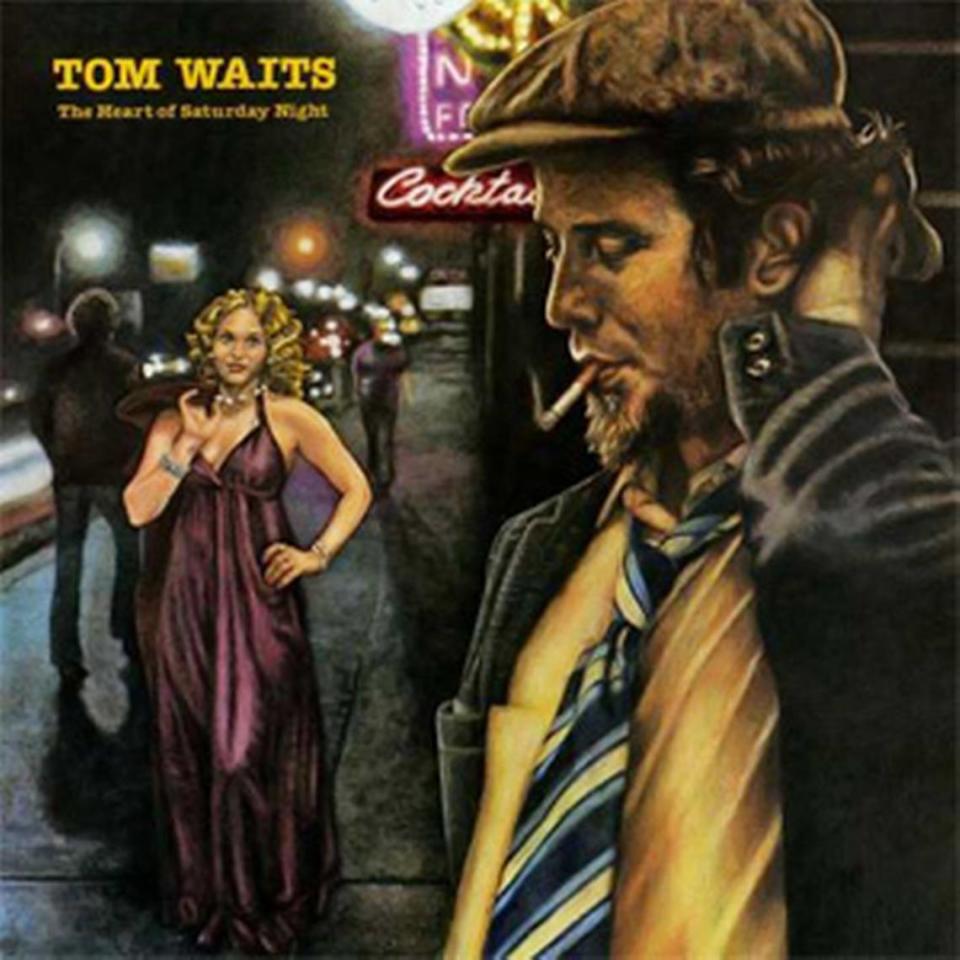
On his second album, Tom Waits comes across as Frank Sinatra on a bender without blinders. The soul stride is there, supplanted as much by original songwriting as anything else. Waits sounded cool, to be sure. He also sounded like he was plastered — the product of hipster insight, fractured jazz phrasing and a deceptively astute insight into the human condition. “The Heart of Saturday Night” may seemed to some as nothing more than a dark, boozy nightclub act. True, a stage character was at work. But the songs fueling that persona were packed with poetic imagery both grimy and glistening. A masterwork.
Jackson Browne: Late for the Sky
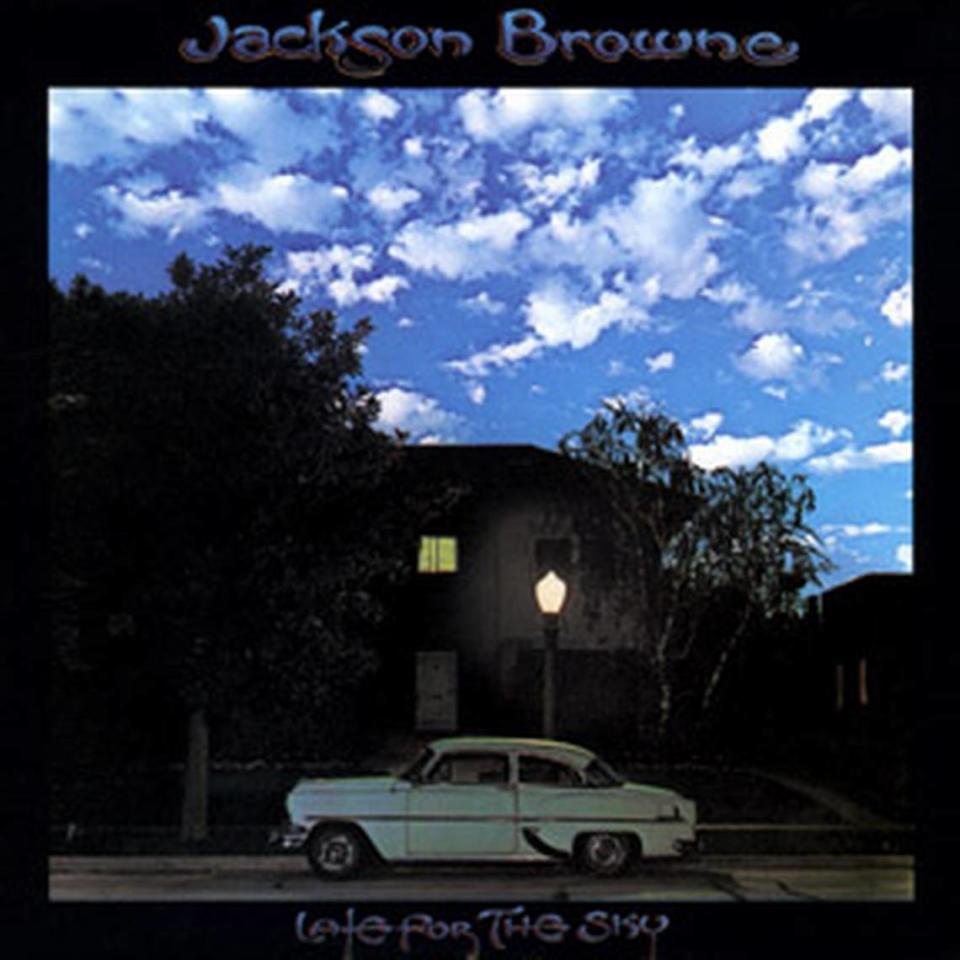
“Late for the Sky,” Jackson Browne’s third album, remains the gold-standard of songwriting from a sterling 1970s Southern California music community. Its songs were spiritual and solemn, darkly reflective and fancifully rocking. As a whole, its feel was intensely visual — cinematic, almost. Browne recorded it quickly at roughly half the cost of 1973’s “For Everyman” album. All of his biggest commercial successes were still to come, but the novel-esque expanse of songs like “For A Dancer,” “Fountain of Sorrow” and “The Late Show” make “Late for the Sky” far and away Browne’s finest work.
Gordon Lightfoot: Sundown
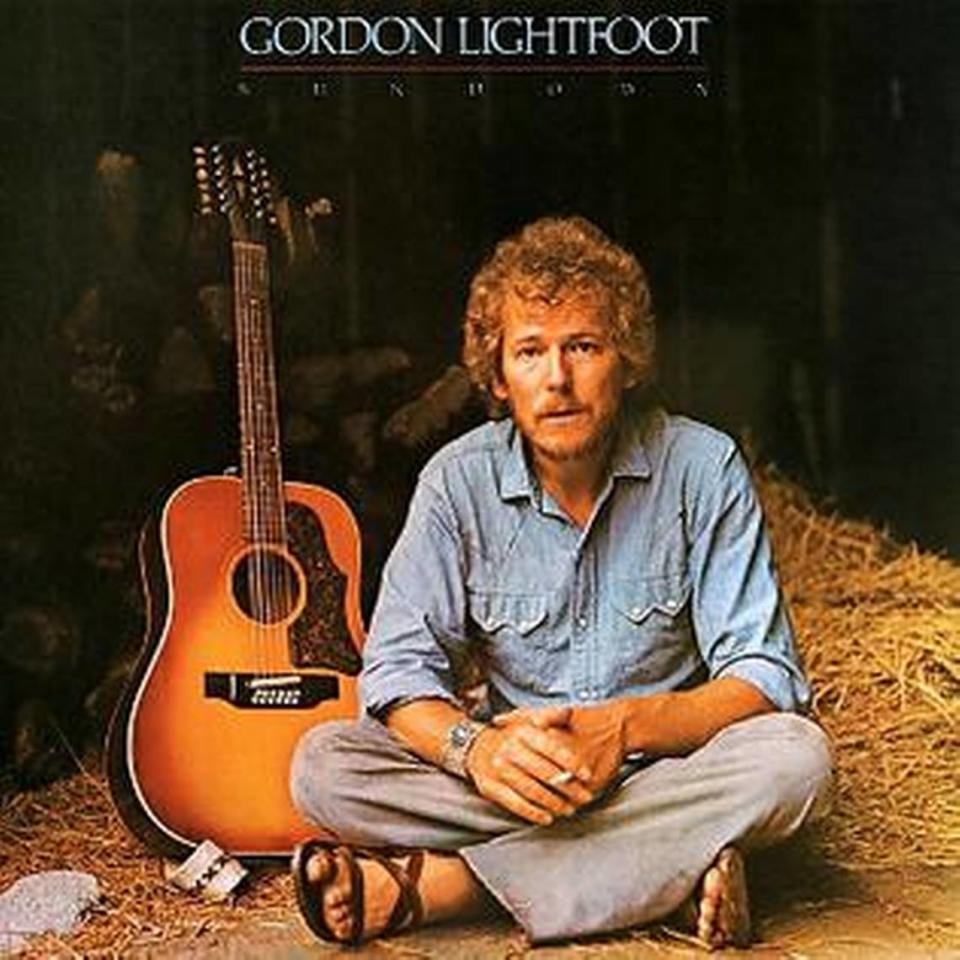
Master Canadian songsmith Lightfoot’s extensive career reignited on at least three occasions. The first came in 1971 with the radio weeper “If You Read My Mind.” The third was triggered by one of the unlikeliest hits in pop history, 1976’s “The Wreck of the Edmund Fitzgerald.” “Sundown” fell quietly in the middle, a 1974 album that produced two Top 10 singles – “Carefree Highway” and the album’s bluesy and cautionary title tune. Much of record was indistinguishable from the other six albums Lightfoot released between 1970 and 1976. All were sterling mixes of country, folk and country familiarity.
Lou Reed: Rock n Roll Animal
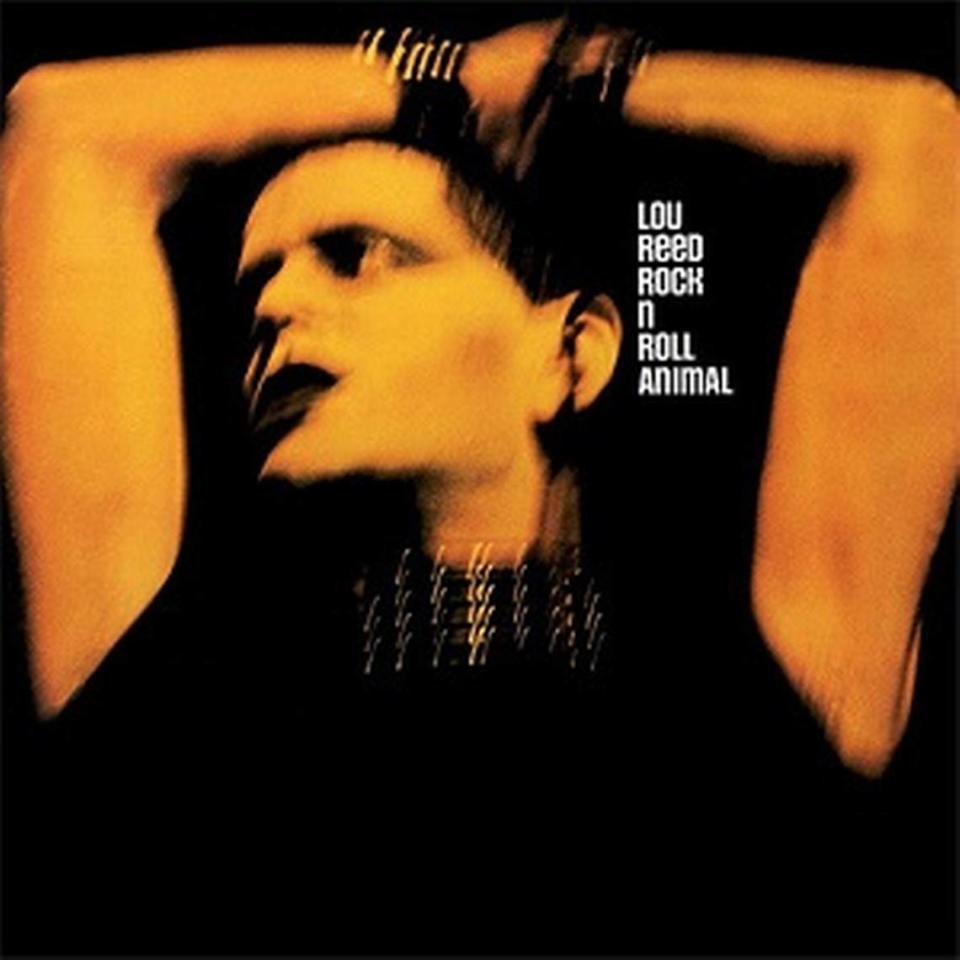
When his broadly grim 1973 album “Berlin” was trashed by critics (it was heralded decades later), Reed formed a new band, took to the stage of New York’s Academy of Music and uncorked a set of dark yet celebratory songs drawn mostly from his Velvet Underground days. The resulting performance took a torch to the past, allowing brooders like “Sweet Jane,” “Heroin” and “White Light/White Heat” to soar with fresh immediacy. Even the “Berlin” dirge “Lady Day” glows anew. “Rock n Roll Animal” is an album of revised songs that Reed tears into with a reborn spirit forged by and for the times.
Bob Marley and the Wailers: Natty Dread
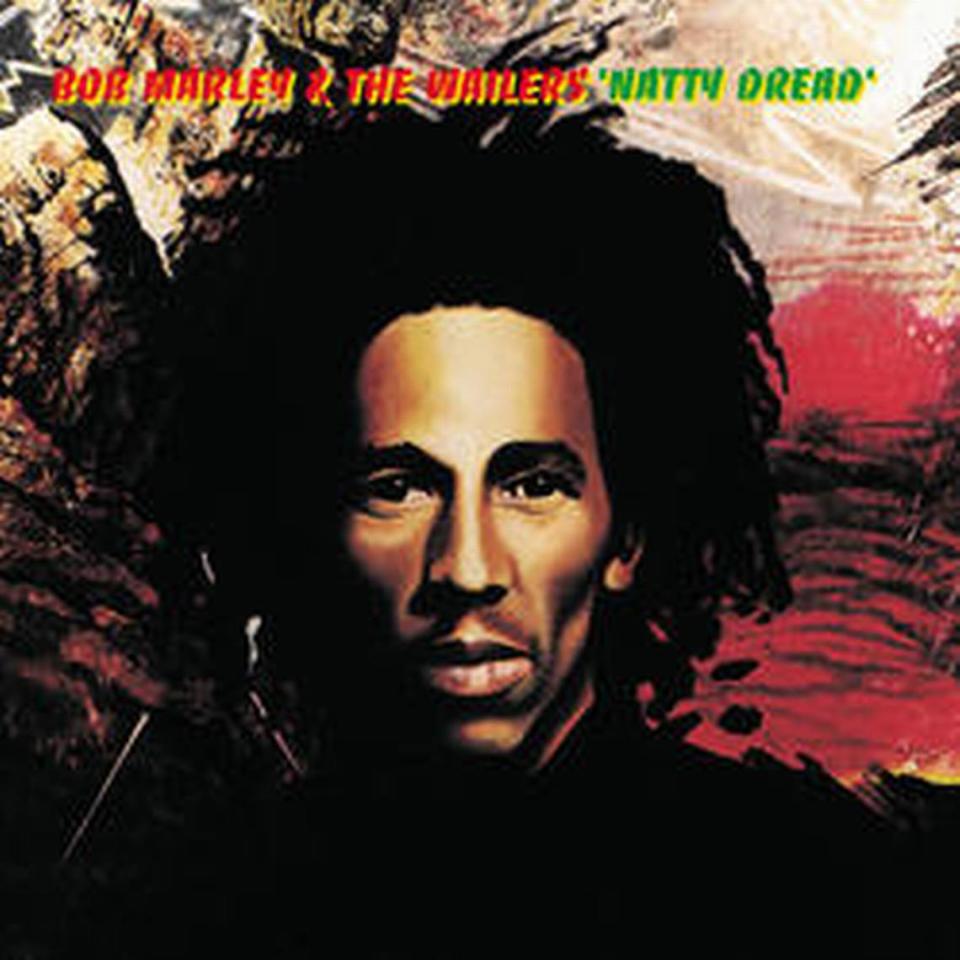
For Marley, as well as for the entire evolution of reggae music, “Natty Dread” was a cornerstone work. It was the Jamaican star’s first album following the departure of key Wailers members Peter Tosh and Bunny Wailer, prompting a return to the band’s official moniker of Bob Marley and the Wailers (from simply The Wailers). The record boasts two of the band’s most enduring songs, “No Woman No Cry” and “Lively Up Yourself,” making “Natty Dread” a social and sexual revolution set to reggae rhythms.
ABBA: Waterloo
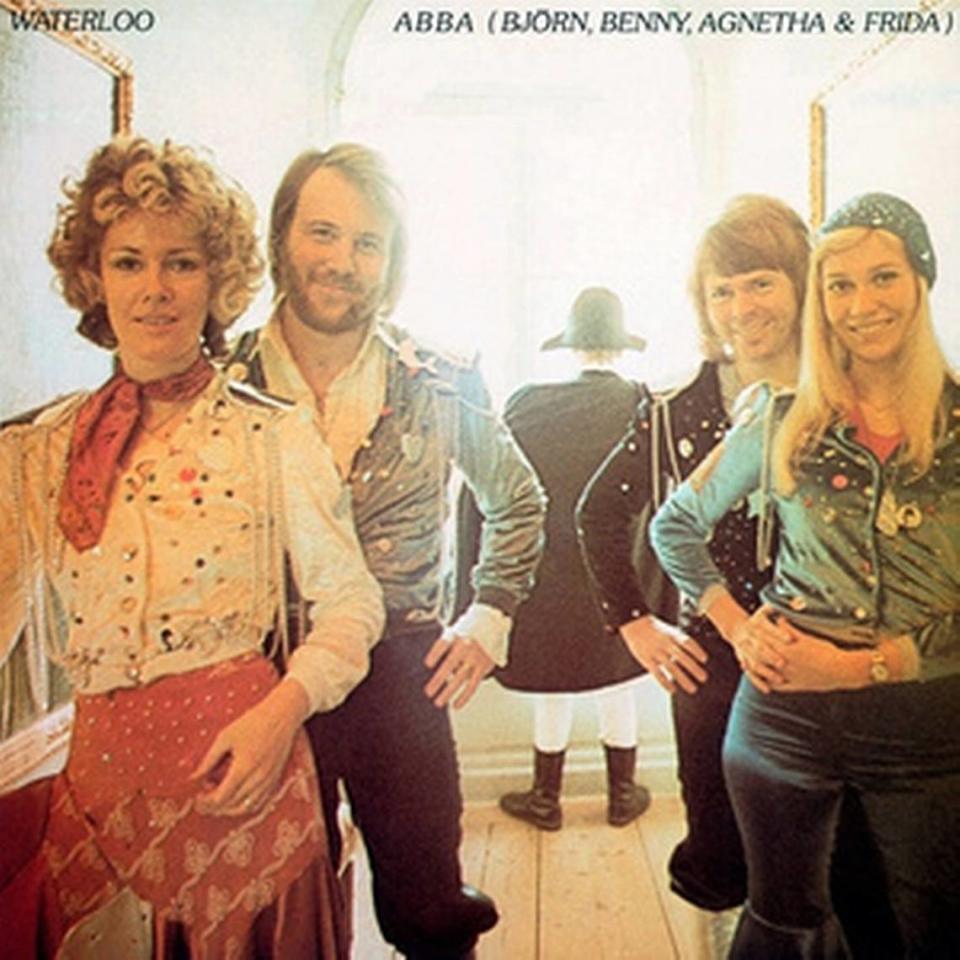
Long before “Mamma Mia” hit Broadway, before “Dancing Queen” commandeered the discos and before audiences took a chance on “Take a Chance on Me,” Sweden’s ABBA met their “Waterloo.” Though not its first album, this was the initial recording released under the ABBA name (a 1973 Scandinavian debut was credited to Bjorn & Benny, Agnetha & Frida). The title tune broke the group in North America and cemented an already devout fanbase throughout Europe. For the rest of the ’70s, ABBA would serve as one of the foremost voices of Euro-pop. The global conquest, however, started with this album.
